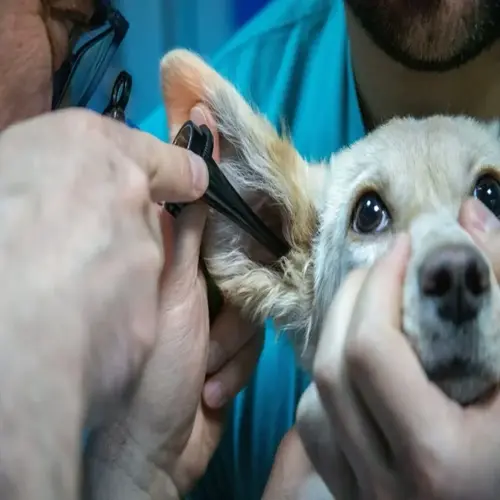Are harnesses suitable for puppies?

Written by
Elin Eriksson
Reviewed by
Prof. Edward Clarke, Ph.D.Puppy harnesses have special adaptations to protect youthful bodies while allowing for their rapid growth. Unlike adult equipment, this requires additional padding on the bony areas and adjustable straps that will accommodate monthly growth spurts. They also protect the delicate trachea during the early stages of learning leash skills and help establish safe walking habits from the start.
Growth Accommodation
- Multi-point adjustable straps handle weekly size changes
- Expandable chest panels accommodate ribcage development
- Removable padding layers customize fit during growth phases
- Measure every 2 weeks during first six months
Body Protection
- Reinforced throat guards prevent tracheal pressure
- Padded sternum plates cushion developing bones
- Soft edges protect hip joints during play
- Avoid rigid materials restricting natural movement
Training Support
- Lightweight construction prevents burden
- Front-clip options for gentle redirection
- Step-in designs simplify positive associations
- Establish loose-leash habits before adulthood
Correct fitting reduces the chance of improper growth periods, which may occur during the developmental stages. Measure the base of the neck each week, allowing for a space of two fingers. The girth of the chest must be measured behind the front legs after meals. Avoid tight straps, which can restrict the expansion of the ribs and affect lung growth.
Material choices impact comfort and safety for delicate puppy skin. Breathable mesh prevents overheating during play. Hypoallergenic linings avoid irritation on sensitive areas. Avoid metallic buckles near mouths during teething phases. Rinse after outdoor adventures.
Once skeletal maturity is reached, gradually shift from a harness to a collar. Begin collar introduction during quiet indoor sessions between 10- and 12-months of age, and use the harness until the dog is fully grown for outside walks. As usual, maintain positive reinforcement during the entire process.
Make positive, early associations with wearing the harness. Start during calm times with treats/rewards. Keep the first harnessing sessions under five minutes. Add time as the puppy acclimates. Avoid introducing puppies to the harness when they are struggling to get away. Patience here minimizes resistance later.
Read the full article: Dog Harness Types: Essential Guide

